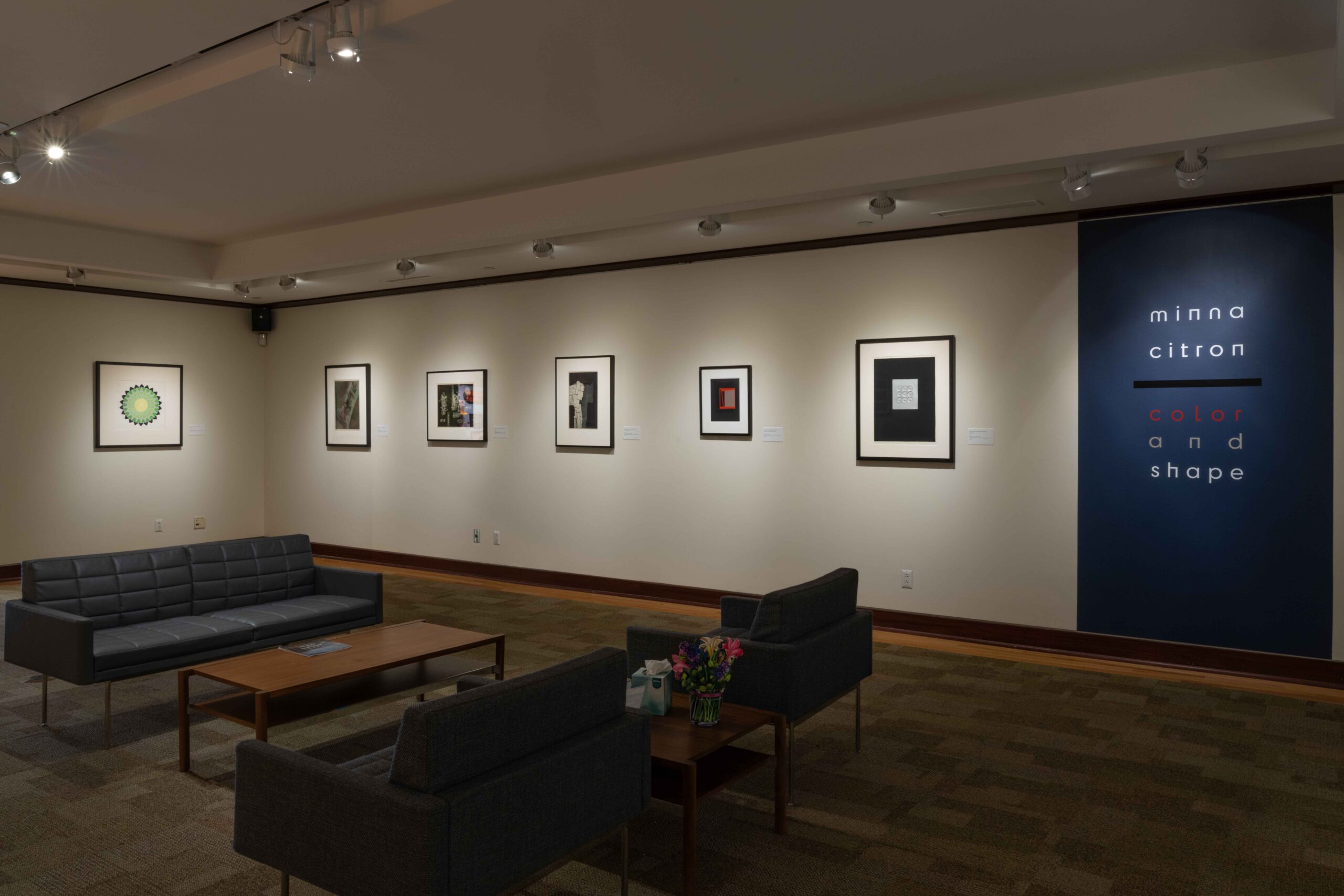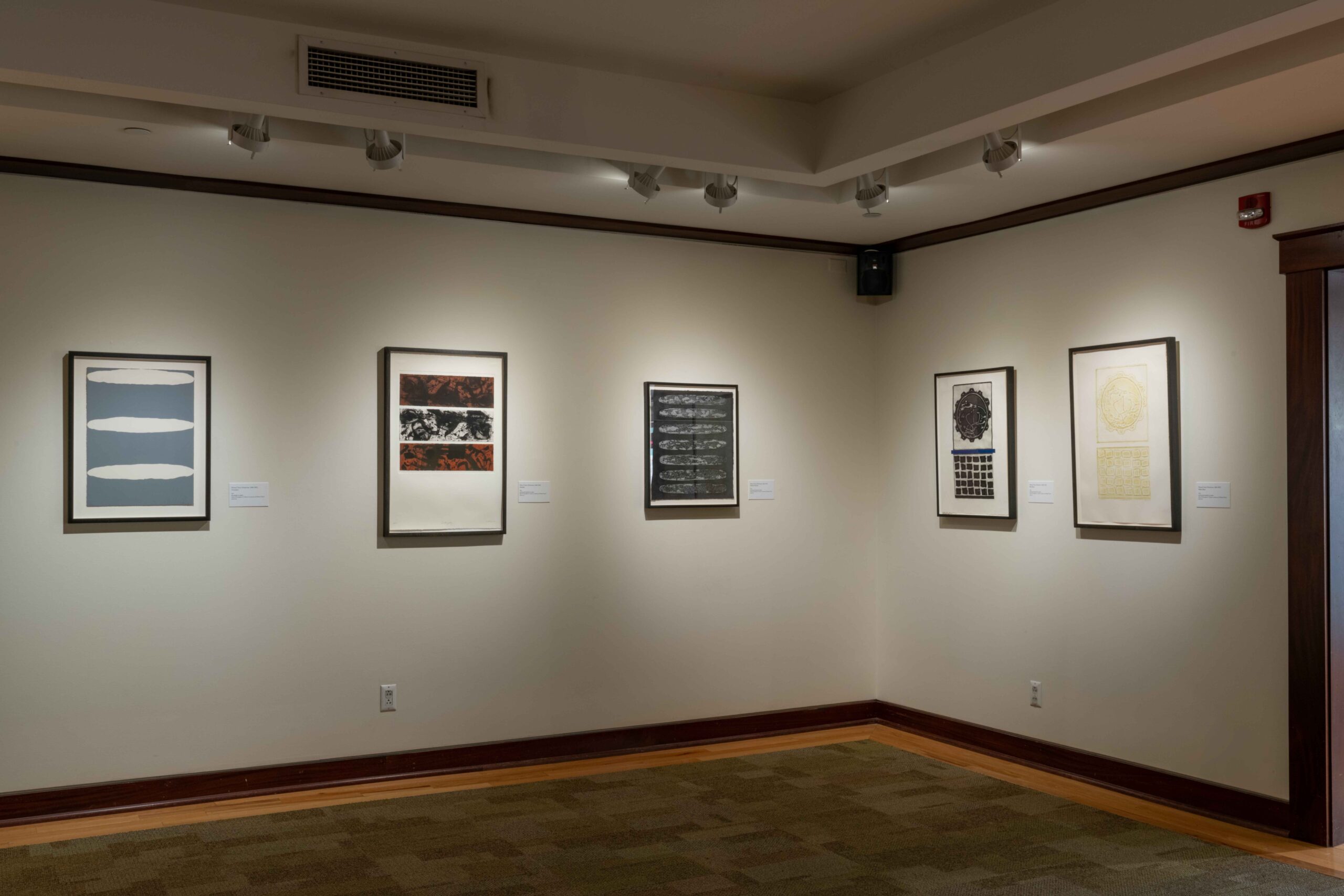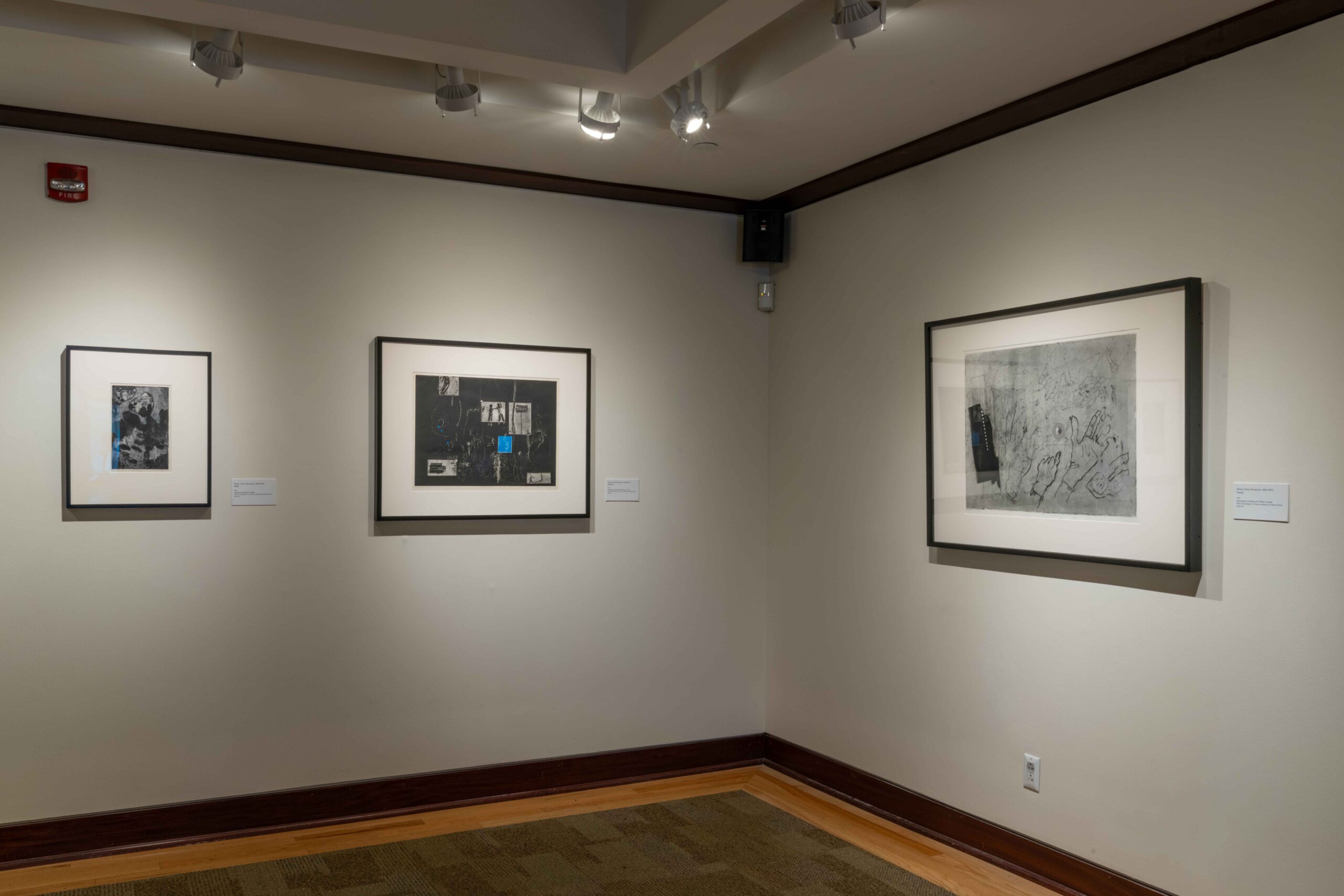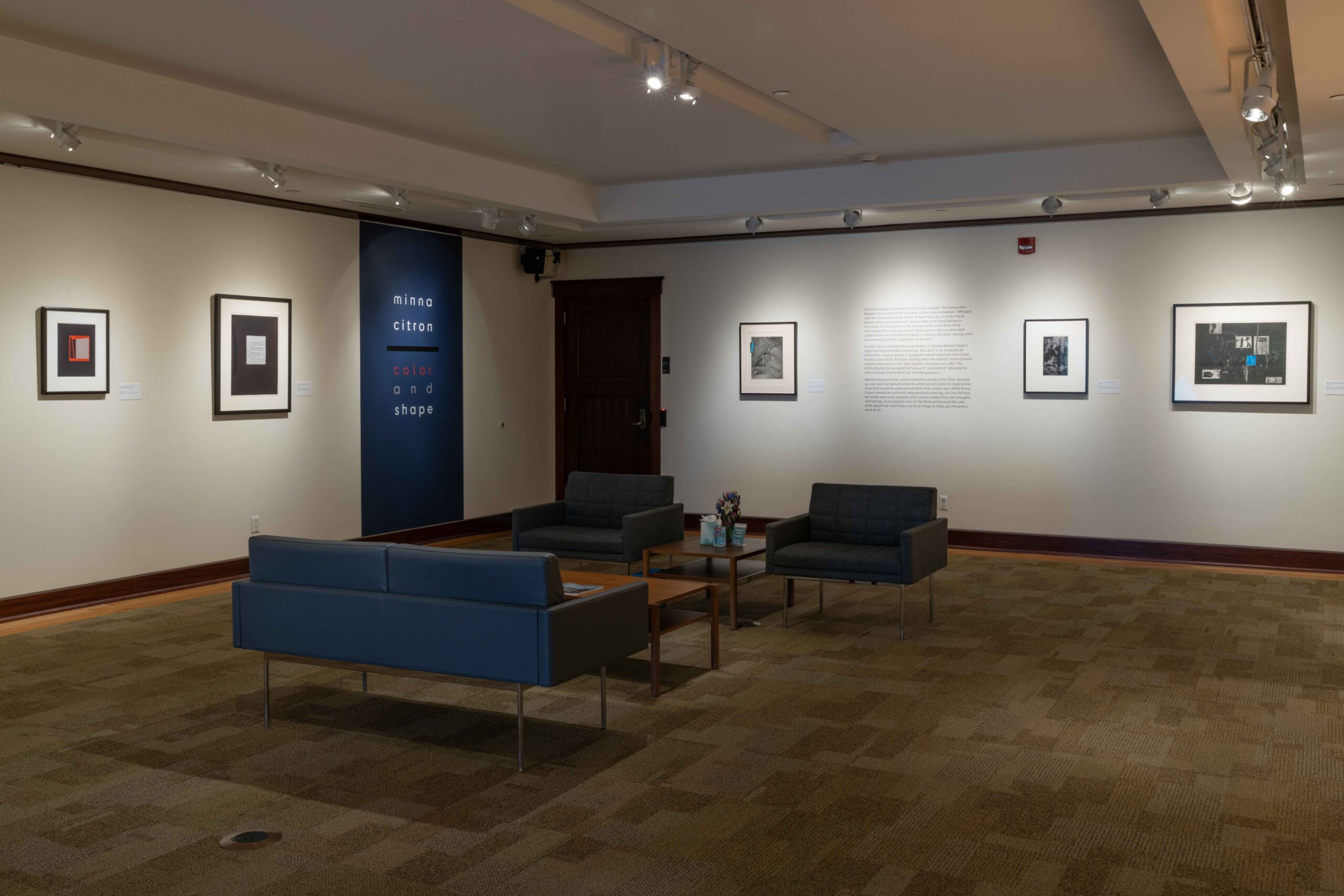The Rockwell Museum in Corning, NY is Open today, from 9 a.m. to 5 p.m.
Minna Citron: Color and Shape
From January 17, 2025 to March 24, 2025
Location: Special Projects Gallery (Floor 2)
Highlighting a recent major gift of works on paper, The Rockwell Museum explores the use of color and shape in the abstract work of painter and printmaker Minna Citron (American, 1896-1991). The prints on view celebrate Citron’s embrace of the subconscious in her creative process.
Twentieth-century artist Minna Citron once argued, “the transaction between the artist and the spectator is direct and immediate.” Affiliated with the Fourteenth Street School of New York City, a hub for Social Realist artists such as Kenneth Haynes Miller and Isabel Bishop in the 1930s, Citron burst on to the art scene with works that wittily interrogated the everyday lives of urban women. Her narrative style combined her wit with feminist ideals, creating a sensation among critics and cementing Citron’s reputation as an artist.
In 1946 Citron joined the New York Atelier 17, Stanley William Hayter’s experimental printmaking workshop. Now seen as an incubator for innovation, it was at Atelier 17 alongside noted modernists that Citron found a new artistic direction. Seeking what she called a “more dynamic creative expression in line, form, texture, and above all, color,” the artist adopted the Surrealist technique of “automatism” allowing her subconscious mind to direct her artmaking process.
Abstract Expressionism, which reached its zenith in the 1950s, focused on color and line spread across the entire picture plane to create works of art that should be experienced rather than simply seen. While Minna Citron imbued her work with deep personal meaning, she also felt that her works were only complete when viewers added their own thoughts and feelings. As we explore color at The Rockwell Museum this year, think about how color draws you to an image or helps you interpret a work of art.
THANK YOU
2025 exhibitions are made possible by Mary Spurrier







